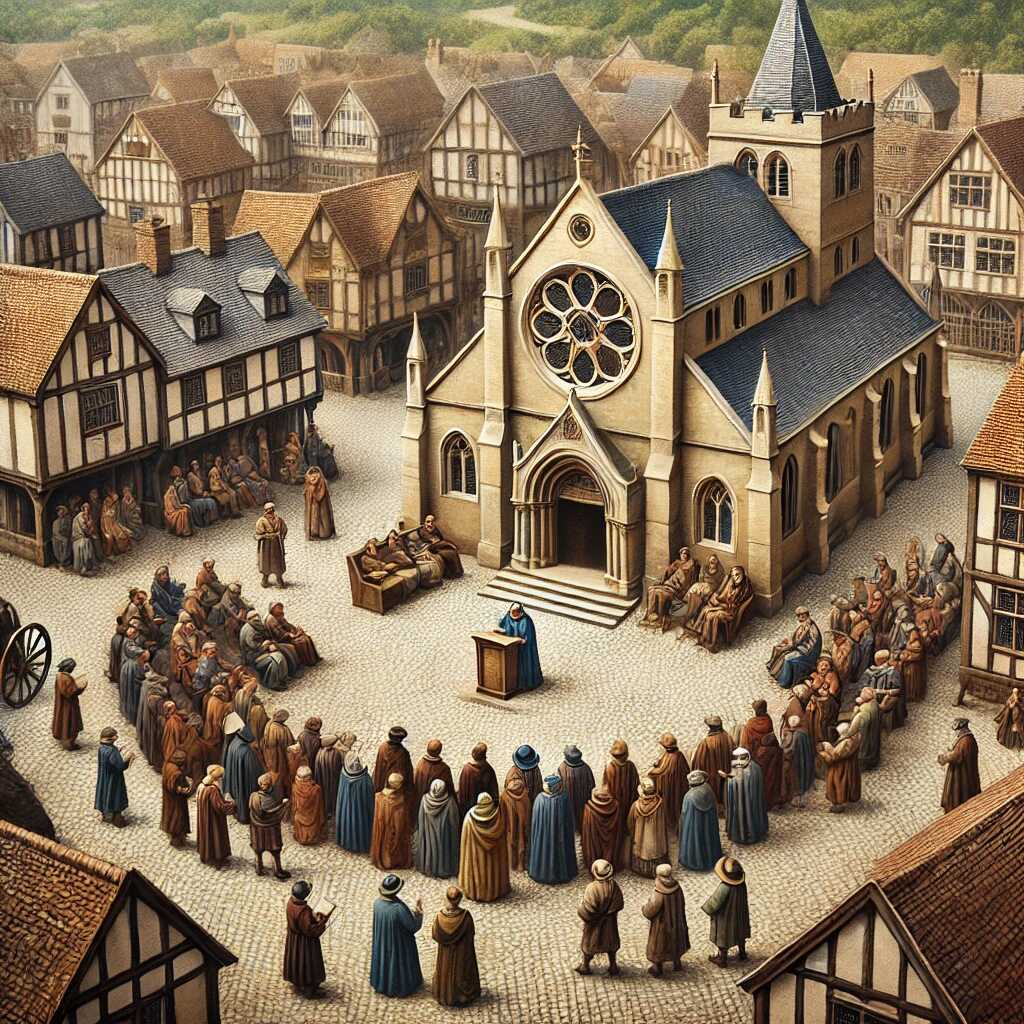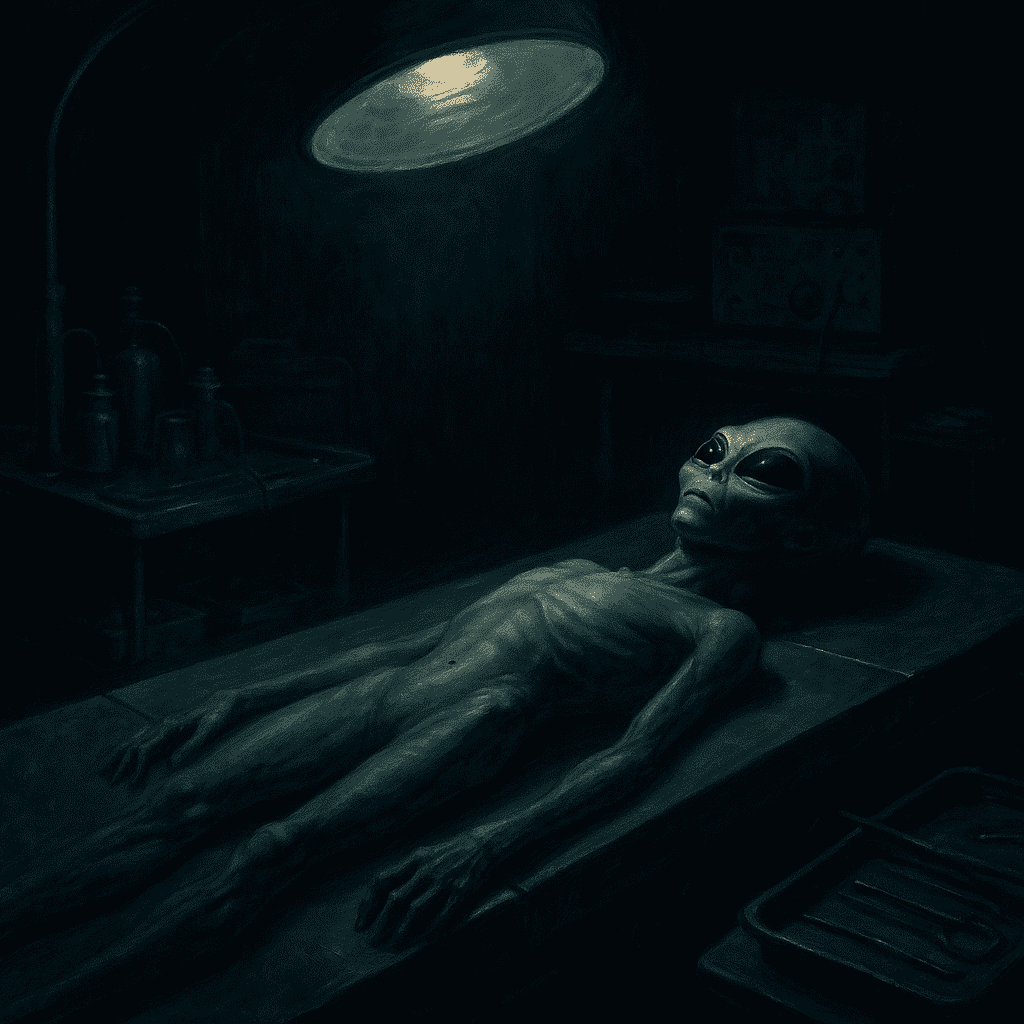
The role of the Church in medieval Europe

The medieval Church was one of the most powerful institutions in Europe, shaping every aspect of life from politics and education to culture and daily routines. Acting as both a spiritual authority and a governing body, the Church wielded immense influence during the Middle Ages, providing stability and unity in a fragmented world. Its legacy can still be seen today in the art, architecture, and societal structures it helped shape.
A Spiritual and Political Authority
During the Middle Ages, the Church was seen as the gatekeeper to salvation. It dictated moral codes, defined societal norms, and played a central role in people's lives, from baptism at birth to last rites at death. The pope, as the head of the Catholic Church, was not only a spiritual leader but also a significant political figure, often rivaling kings and emperors in power.
The Church held vast lands, making it one of the largest landowners in Europe. This economic power allowed it to fund monumental projects such as cathedrals and monasteries. Monastic communities became centers of learning, preserving ancient texts and contributing to education through the establishment of schools and libraries.
Cultural and Educational Influence
The Church was the main patron of the arts in medieval Europe. Gothic cathedrals, with their soaring spires and intricate stained glass, stand as a testament to the Church's influence on architecture. Religious themes dominated medieval art, from illuminated manuscripts to dramatic frescoes and sculptures.
Education was also deeply entwined with the Church. Most schools were run by monasteries, where monks and nuns served as teachers. Universities, such as those in Paris, Bologna, and Oxford, were established under the Church's auspices, focusing on theology, philosophy, and law.
Control Through Fear and Hope
The Church maintained its authority partly through the concepts of Heaven and Hell. The promise of eternal salvation was a powerful motivator for adherence to Church teachings, while the fear of damnation ensured obedience. Practices like indulgences and relic veneration underscored the Church's role as an intermediary between humans and the divine.
The sacraments, such as confession and communion, further emphasized the Church's control over spiritual life. These rituals were not only acts of faith but also ways for the Church to reinforce its presence in every aspect of daily existence.
Conflict and Reform
Despite its power, the Church faced challenges and controversies. Corruption, simony (selling church offices), and the opulent lifestyles of some clergy sparked criticism. Movements such as the Cluniac Reforms sought to address these issues by emphasizing monastic discipline and spiritual purity.
The rise of heretical movements, like the Cathars and Waldensians, questioned the Church's authority, leading to persecutions and inquisitions. The schism between the Eastern Orthodox and Roman Catholic Churches in 1054 further highlighted divisions within Christendom.
The medieval Church's impact is profound and enduring. Its role as a unifying force in a time of fragmentation helped shape the cultural and political landscape of Europe. The institutions it established, from schools to hospitals, laid the groundwork for modern society. Even today, the art, architecture, and philosophical ideas born from the Church's influence continue to inspire.
While the medieval Church was a beacon of hope and unity for many, it also wielded its power to suppress dissent and maintain control. Its history is a complex tapestry of faith, politics, and cultural transformation that remains a vital part of understanding the Middle Ages.


